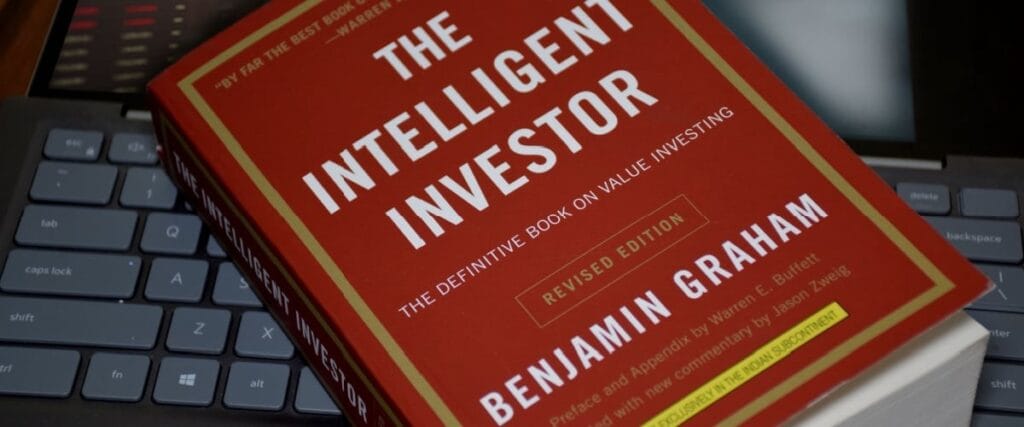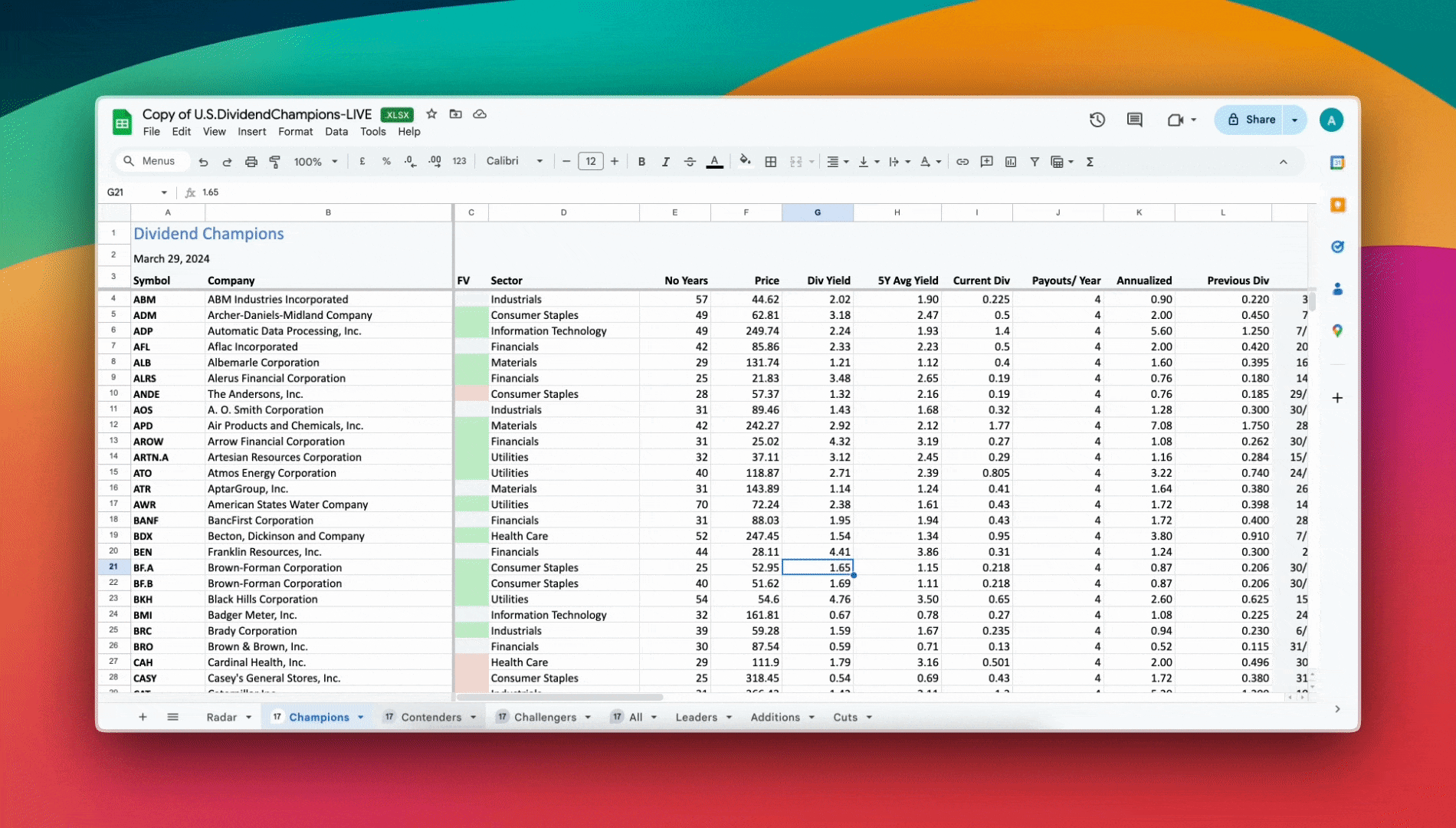There are numerous books available to the dividend investor. Before considering any of them, the essential reading is The Intelligent Investor by Benjamin Graham.
The introduction to this series of best books for dividend investors offered a recommendation that was not a book, but a series of Warren Buffett’s letters to shareholders within Berkshire Hathaway’s annual reports. To follow on that, the first book I am recommending for dividend investors is not a book specifically about dividend investing.
The Intelligent Investor is the classic book by Benjamin Graham that Warren Buffett said was, “By far the best book on investing ever written.” With a quadzillion books written about investing and about Warren Buffett, it is stupid obvious that this is required reading.

Following the link to the book, one may be initially put off by Amazon’s note in the description that the book contains 640 pages. That is not correct, as my copy has only 623 pages. Being a little more serious about the length of the book, the last 90 pages concern themselves with a postscript (and a commentary about the postscript), appendices, endnotes, and an index.
It is silly to complain about book-length. It’s like complaining about the length of a Springsteen concert – you cannot get too much of something great.
Anyway, there is no requirement that the dividend investor read all of the chapters. For instance, chapter 9 is about investment funds, and chapter 10 concerns itself with investment advisors. I skimmed these chapters, but the bottom line for me is that if one wishes to involve themselves with mutual funds, I can offer a more current article about Mutual Funds and Dividend Investing (or merely purchase an S&P 500 index fund). As far as investment advisors are concerned, if you wish to use one, simply find a competent fiduciary.
At the end of the day, the 600-page tome is better than any two 300 page books about investing, and at $15, this is one of the best bargains around.
Graham updated this revised edition in 1972, so one might think that the book is dated. There are two issues with this.
The first is that solid investing does not have an expiration date. Basic investing principles that were true fifty years ago are still true today. Bedrock strategy does not change from year to year.
The second issue involves Jason Zweig.
Over time some things do change. For instance, the difference between the importance of the technology industry fifty years ago and today. Some of the examples in the book are, while still valid as examples, dated. This is where Jason Zweig’s comments make this book the most valuable addition to one’s library.
A commentary by Jason Zweig follows each chapter of Graham’s book. I did not count the pages (please do not make me!), but my guess is about 40% of the book is commentary by Mr. Zweig. His writings are not just a rehash, but a distillation, extension, and update.
Additionally, he offers footnotes that expand and clarify. An example within the first couple of pages is a footnote on the mindset of the public when it came to investing in stocks. In 1948 over 90% of those queried felt that common stocks were not a good investment. Jason identifies the study (Federal Reserve Bulletin, July 1948) and lets us know the exact question asked. Then adds that only 4% thought that common stocks would offer a satisfactory return.
Each commentary takes the basic idea of the chapter and provides support for what was written decades ago.
Case in point, chapter 8 (perhaps my favorite, which deals with market fluctuations) is extended by Jason Zweig by offering insight into the psychology of the individual investor. This chapter speaks to me perhaps due to my degree in psychology (obtained in the same decade this edition of the book was written), but I believe that understanding ourselves is at least as important as understanding investing fundamentals. I will have more to say about this in an upcoming article.
What Can Be Learned?
This is a question that I will ask with each book I review. We all have different understandings of investing, so there will never be a firm answer to this question, as each individual will have their own answer.
One can see the number of tabs in the above image to understand the importance I feel this book has been to me. Although I love my Kindle for reading novels, I always purchase a physical book when the plan is to revisit it. This allows me to place index tabs on pages and underline relevant sections. Yes, the Kindle can also do this. But for me, it is more convenient to find things in the physical book. Also, I can write notes on the pages, which is something I do regularly.
Listing all of the things I felt to be of importance would lead to a separate book, not an article. This panoply of investment advice is so comprehensive that one can learn from practically any aspect of investing here.
Warren Buffett’s favorite chapter of his favorite book is chapter 20, “Margin of Safety” as the Central Concept of Investment. Benjamin Graham wrote, “to distill the secret of sound investment into three words, we venture the motto, MARGIN OF SAFETY.”
If one can learn this most important concept, then all of the other dominoes fall into place.
Margin of safety involves the idea that while there is risk in paying too high a price for a good looking stock, the chief losses come from purchasing low-quality securities at favorable prices. This is something I fell prey to early in my investing career, and coming to this realization allowed me to follow a prudent path of investment.
What Is The Takeaway?
If one is to read only one book about dividend investing, this is the book. If one is to read one hundred books about dividend investing, this is the first book to read. It is difficult to be more insistent about this.
In an atmosphere where “hot stocks” and “stocks under $49” are promoted, it is nearly impossible for one without an understanding of the proper fundamentals of investing to resist the siren’s song of quick and easy accumulation of wealth. As humans, we have a psychological tendency to grab promises of immediate satisfaction. For some, the elusive remains ever so, while others learn from their mistakes.
Once the direction of prudent investing is decided, one needs to build a solid foundation. This book is that solid foundation.
There are other excellent books available to the dividend investor, and I will be reviewing them regularly. However, The Intelligent Investor, by Benjamin Graham is the starting point for every investor, after which other ideas can branch, and one can find their personal road to successful investing.
